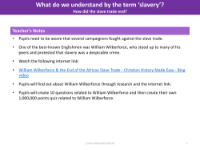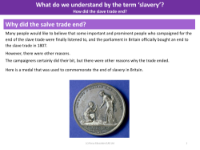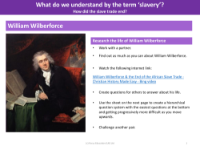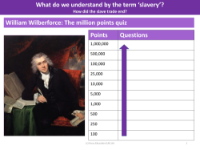How did the slave trade end? - Presentation
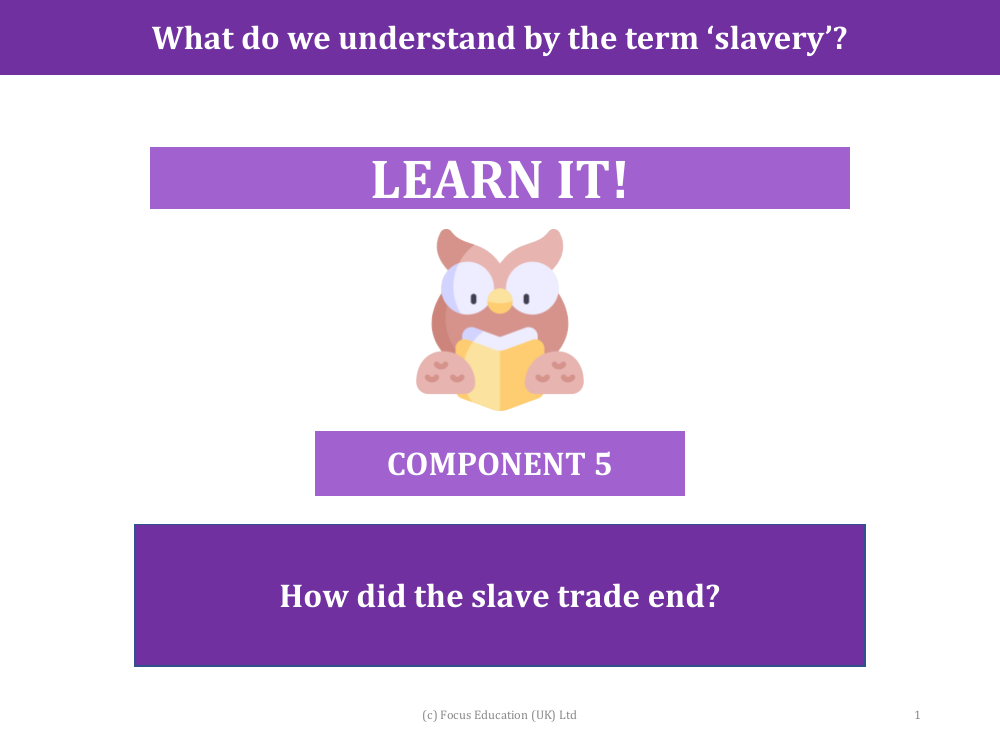
History Resource Description
The culmination of the slave trade was a complex process influenced by a multitude of factors. It is widely acknowledged that the tireless efforts of abolitionists played a critical role in its demise. Among these activists, William Wilberforce stands out as a prominent figure in British history for his staunch opposition to slavery. He was renowned for his perseverance in challenging his contemporaries and condemning slavery as an abhorrent crime. Students are encouraged to delve into the life of Wilberforce, using research tools and specific video materials to gain a deeper understanding of his contributions to the abolition movement. The educational journey includes creating a series of questions about Wilberforce, which will be used to formulate a quiz, allowing students to test their knowledge and learn about the pivotal role he played in ending the slave trade.
However, the abolition of the slave trade was not solely the result of advocacy. Economic factors also significantly influenced the decision to end this inhumane practice. Over time, the profitability of the slave trade and the plantations that relied on slave labour began to decline. Moreover, the ships that were once used to transport enslaved individuals became more valuable when repurposed for other types of cargo. Additionally, the emergence of wage labour started to be seen as a more profitable system than slavery. These economic shifts, combined with the persistent campaigning by abolitionists, ultimately led to the cessation of the slave trade. To commemorate this historic change, medals were created, symbolising the end of slavery in Britain and marking a new chapter in the nation's history.

